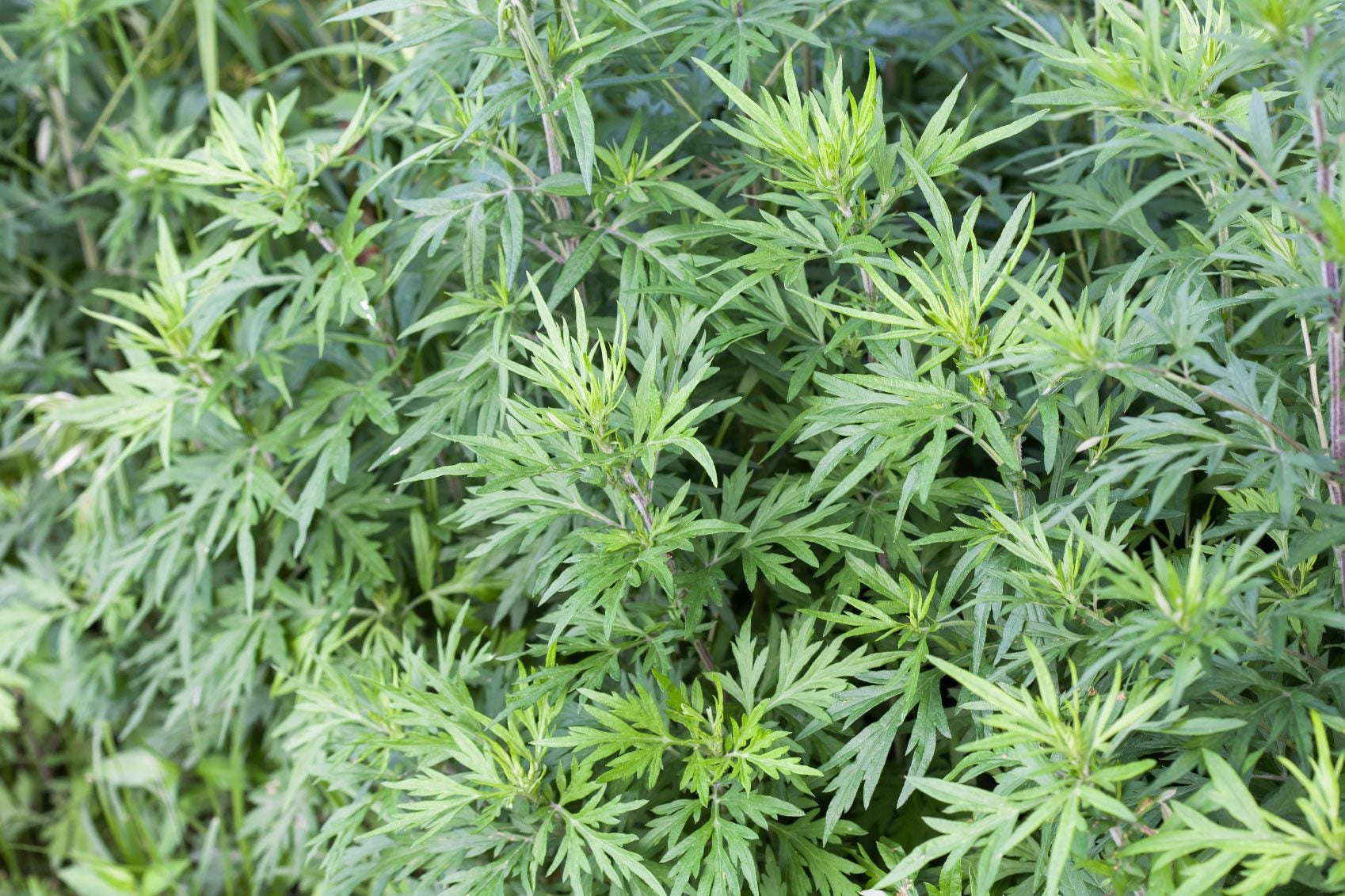Mugwort Control & Tips For Getting Rid Of Mugwort
Mugwort is a persistent weed but it is also a member of the Artemisia family of beneficial herbs. Mugwort control is a challenge due to its hardiness and spreading rhizomes. Learn about mugwort control.


Beauty is in the eye of the beholder. Mugwort (Artemisia vulgaris) is a persistent weed but it is also a member of the Artemisia family of healing and beneficial herbs, with Sweet Annie being one that is commonly grown.
Mugwort has no major herbal qualities but it has a pungent scent and has been used to flavor beer.
Mugwort control is a challenge due to its hardiness and spreading rhizomes. Controlling mugwort takes patience and the ability to pull the weed annually.
About Mugwort Weeds
Prior to a big kill campaign, you should know your enemy. Mugwort leaves look like chrysanthemum leaves with smooth, dark green upper leaves and a lighter green underside that is hairy. The hairs have a whitish cast and give the leaves the impression of being silver. Leaves are elliptical and deeply notched, growing 1 to 2 inches (2.5-5 cm.) long.
Mugwort weeds are sprawling, spreading plants that bloom from July to September. Flowers are multiple clustered yellow discs on a flat base. They eventually produce small inconspicuous brown, nut-like seeds.
When crushed, the leaves produce a strong aroma, somewhat like sage. The plant is a perennial that favors ditches, fields, along roadsides and paths, and most disturbed areas. It will even grow in turf where mechanical control is nearly impossible.
The plant has some history of dermatological toxicity in some individuals. Once mugwort gets a toehold in your garden, it will spread like wildfire through the root and underground stem system, but also from seed in warm regions.
Gardening tips, videos, info and more delivered right to your inbox!
Sign up for the Gardening Know How newsletter today and receive a free copy of our e-book "How to Grow Delicious Tomatoes".
Getting Rid of Mugwort
Controlling mugwort using natural methods requires persistence. Over the seasons, you can manually remove the plant which will deprive the roots of solar energy and eventually kill it. This is tedious and time consuming but comes with the added bonus of not increasing your chemical footprint on earth.
In turfgrass the best defense is a healthy lawn. Choose a dense variety of grass and fertilize and mow it with regularity to keep it thick and resistant to weeds.
The use of thick mulch in garden beds can prevent germination of some of the weeds and keep spread down.
Chemical Mugwort Control
Getting rid of mugwort organically is a challenge. If you have an area that you can do a complete rejuvenation on, simply spread a black tarp or cardboard over the area and smother the pesky plants.
Getting rid of mugwort is a test of patience and dedication but its spreading habits leave little other choice in some instances. Try to avoid using toxic chemicals and plan for some intense manual labor.
Note: Chemical control should only be used as a last resort, as organic approaches are safer and more environmentally friendly.

Bonnie Grant is a professional landscaper with a Certification in Urban Gardening. She has been gardening and writing for 15 years. A former professional chef, she has a passion for edible landscaping.
-
 12 Mother’s Day Garden Gifts That Celebrate Moms Who Love To Grow
12 Mother’s Day Garden Gifts That Celebrate Moms Who Love To GrowAll Moms deserve to feel special on Mother’s Day, so treat her to a thoughtful gardening gift that helps her get the most out of her hobby.
By Melanie Griffiths
-
 Never Plant Seedlings Until They Pass These 3 Simple Tests
Never Plant Seedlings Until They Pass These 3 Simple TestsDon't be over-eager to transplant seedlings into the garden before they are ready. These quick and easy checks will help ensure flourishing plants.
By Mary Ellen Ellis